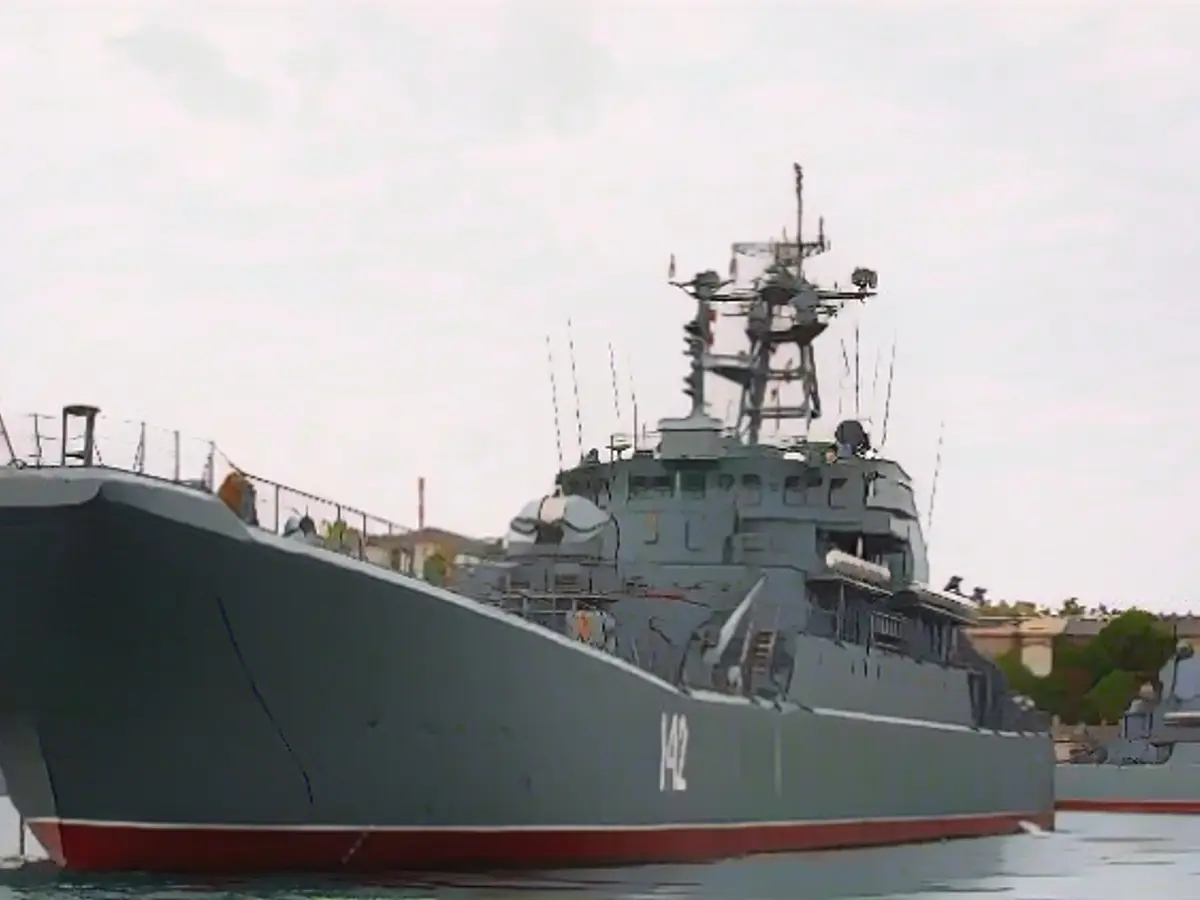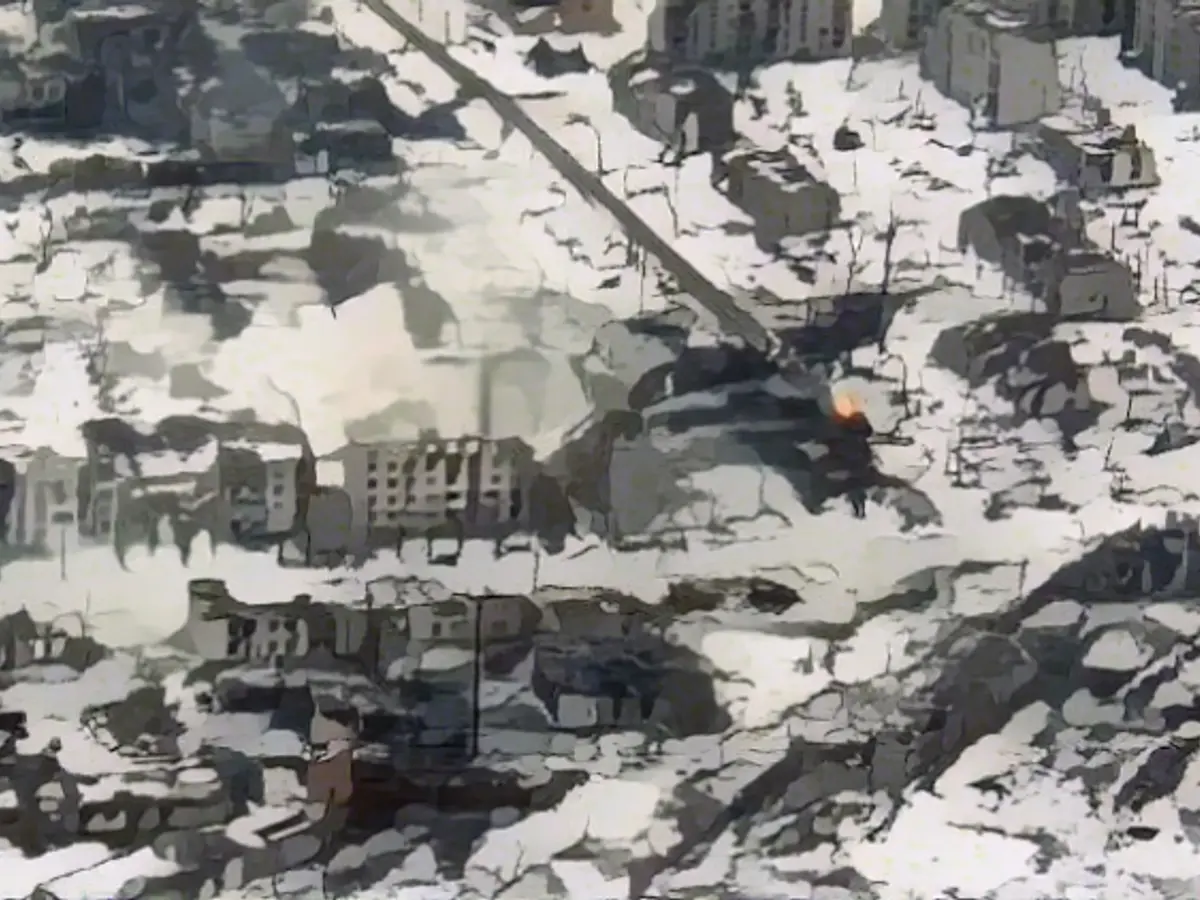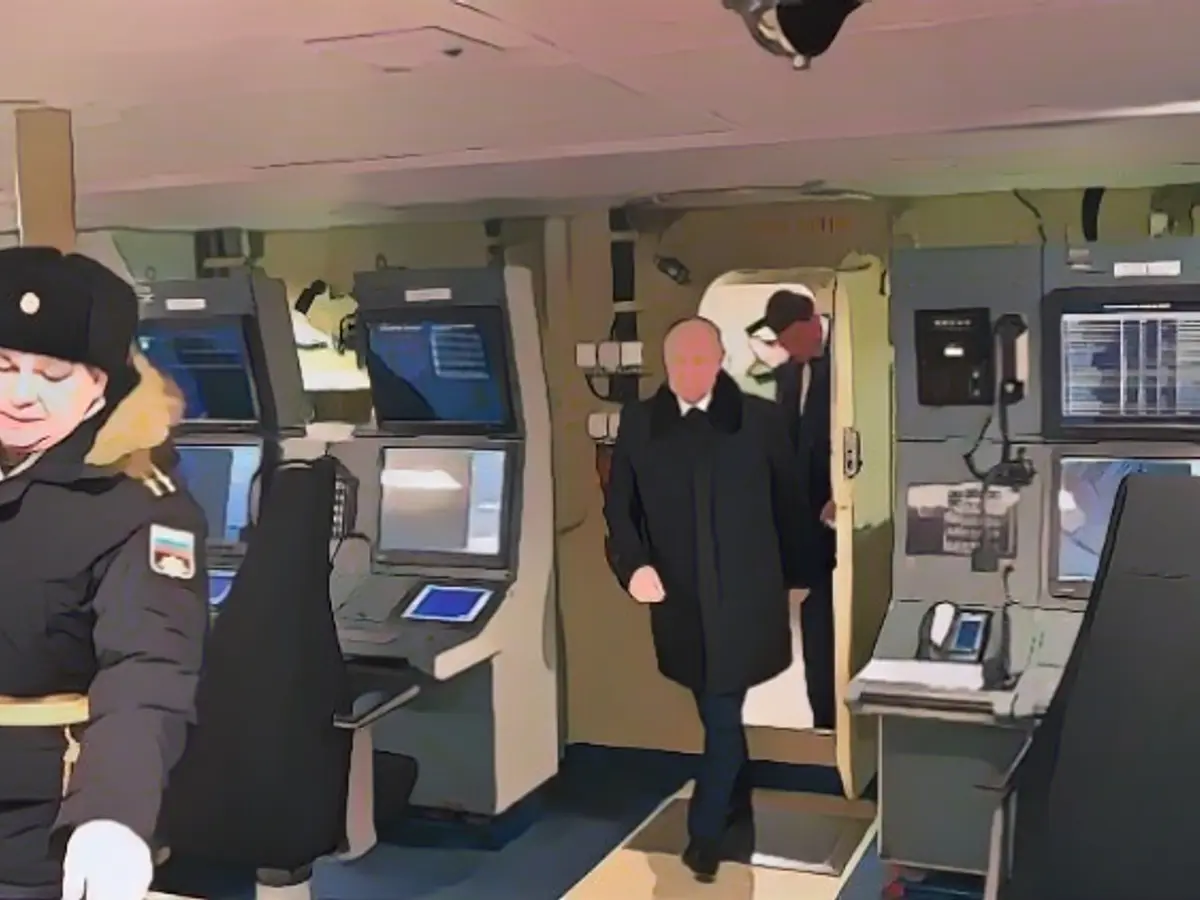"The Russians are ramping up their assaults with renewed ferocity"
If the United States stumbles in its support, the impact can be felt on the frontlines. For Putin, it's only a matter of time before the West crumbles to its knees, claims Colonel Markus Reisner.
A controversial figure caught the media's attention: It suggested that 95% of the weapons supplied to Ukraine by the West are still in use. This implies Ukraine might have resources for a potential spring offensive in 2024. Is this figure accurate?
Exploring reliable resources online reveals a different picture. Websites like 'Oryx' meticulously track Russian and Ukrainian losses by counting each destroyed vehicle with a photograph. According to 'Oryx', roughly 120 Western-made main battle tanks, infantry fighting vehicles, and wheeled tanks have been destroyed or damaged. Over 200 Mine Resistant Ambush Protected (MRAP) armored vehicles are also included in this tally, demonstrating substantial losses. The figure suggesting 95% availability is not accurate.
A major challenge facing both sides is the inability to block the enemy's view of the troop deployments or counter drone surveillance. Drone swarms continuously monitor the battlefield, instantly identifying Ukrainian troops preparing for assaults. Without resolving this issue, offensive attempts will likely continue facing the same obstacles.
Does the Russian side face this problem too?
To a certain extent, yes. Challenger tanks, for example, may have been delivered in large numbers, but they are vulnerable to immediate destruction upon deployment. Ukraine, however, hesitates to utilize these tanks due to the risk. Conversely, the Russians are pushing forward with waves of armored vehicles.
Ukraine seems to rely on improvised solutions, such as DIY drone production, to tackle the issue. Yet, recent developments have setbacks for Ukraine at strategic levels. Firstly, the US was unsuccessful in securing necessary aid funds from Congress. Secondly, the European Union has not yet released the promised resources in full quantity. As a result, Ukraine now has to focus on defense to reinforce its position until additional funds become available.
Commanders-in-chief in eastern Ukraine have hinted at potential force repositioning strategies, but their implications are not yet clear. With a lack of Western support, Ukraine may need to retreat to more advantageous positions to hold off until additional resources become available.
Ukraine's original arms industry faced substantial damage during the early stages of the war. Now, the government is working to rebuild the industry and become more self-sufficient in producing weapons. While Russia's armed forces have inflicted heavy losses on Ukraine's infrastructure and weaponry, Ukraine is making efforts to rebuild as part of a broader strategy to adapt and endure.
As the war enters a new phase, experts predict a more defensive focus from Ukraine for the coming months. Some projections suggest the conflict may persist in a stagnant form until 2025 or even 2026 when edgy conditions allow for a possible Ukrainian offensive.
Putin's threats against Finland accentuate Russia's perceived military dominance. Russia's strategic importance again becomes evident as it exploits moments of hesitation in the West. In response to these challenges, Ukrainian forces will have to adapt to the complexities of the battlefield, employing innovative strategies to maintain their position.








